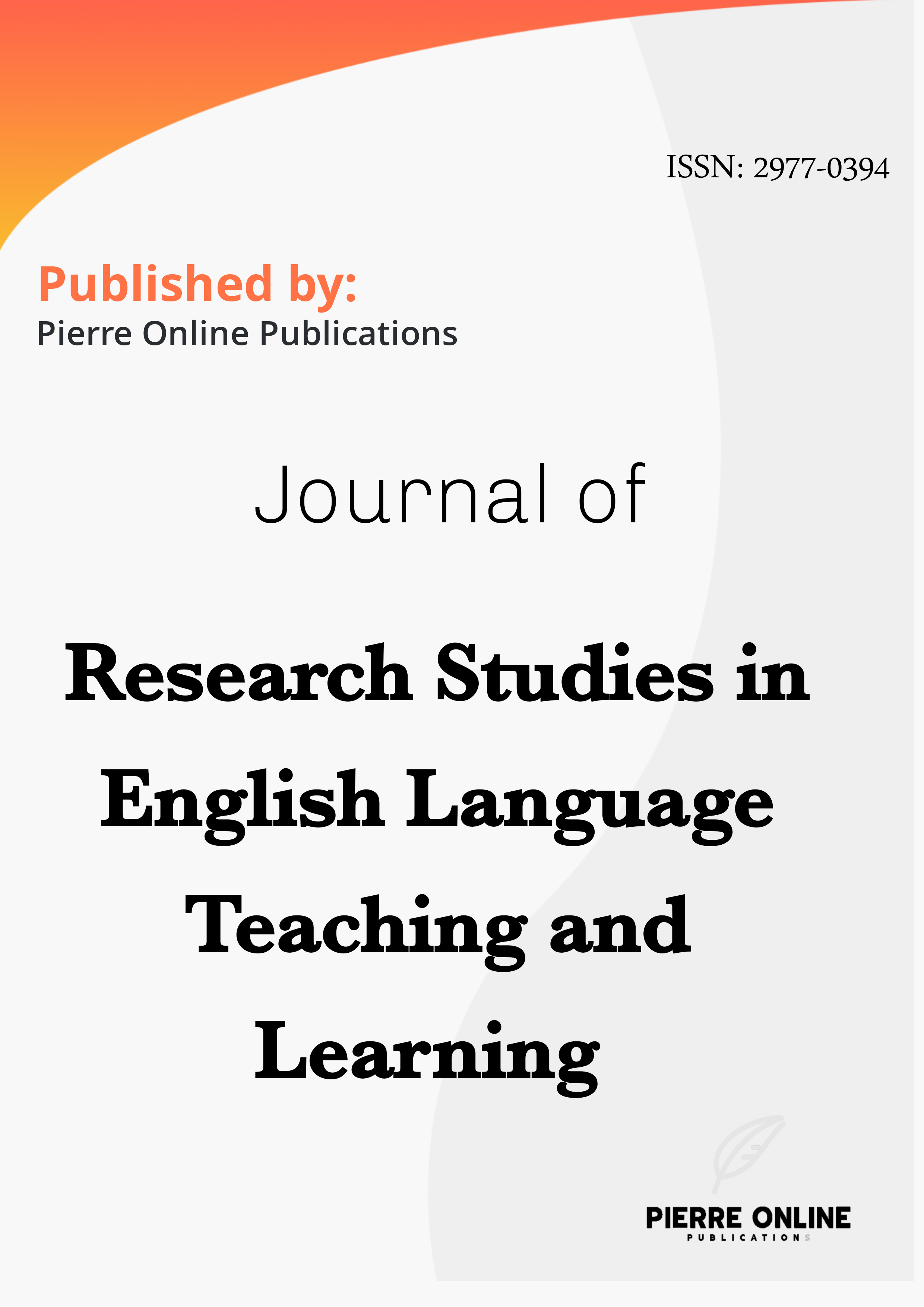Translanguaging as a Dynamic Pedagogical Strategy in English Teaching for EFL Learners
Main Article Content
Abstract
The paper looks at the pedagogical prospects of the meaning of translanguaging as a lively strategy in English teaching toward learners whose second language is English (EFL). Translanguaging, therefore, allows learners to use many languages in the learning process, recognizing and enjoying their linguistic diversity. The method used to do this involved reviewing the theoretical background of translanguaging and the practical application of translanguaging in EFL teaching, its effect on the cognitive, social, and emotional level of benefits. Further, the paper discusses the challenges and concerns that would be encountered in the implementation of translanguaging in the EFL classroom, critically covering plausible obstacles such as teacher beliefs, language policies, and assessment practices. Practical ideas and strategies are thus proposed to enable teachers successfully develop and adopt this in their teaching. It will contribute to a better understanding of the place of translanguaging in EFL teaching and somehow point to new perspectives in relation to its potential as a pedagogical tool in providing more inclusive and effective environments for language learning.
Downloads
Article Details

This work is licensed under a Creative Commons Attribution 4.0 International License.
The Research Studies in English Teaching and Learning (RSELTL) Journal adopts the Creative Commons Attribution 4.0 International License (CC BY 4.0). This license allows for the free distribution and modification of the work, provided that the original author and source are credited. The CC BY 4.0 license is designed to promote the dissemination of scholarly work while protecting the rights of authors.
Author Rights
Under the CC BY 4.0 license, authors retain extensive rights to their work, including but not limited to:
-
Ownership of Copyright: Authors maintain copyright ownership of their work, permitting them to deposit their work in institutional repositories, share their work as they deem appropriate, and publish their work elsewhere, provided that the original publication in RSELTL Journal is properly cited.
-
Use and Distribution: Authors are entitled to unlimited use and distribution of their own work for educational and scholarly purposes, as long as the original work is properly cited.
-
Adaptation and Derivatives: Authors have the right to adapt, modify, or create derivatives of their work, provided that the original work is properly cited, and the modifications do not misrepresent the original work.
User Rights
In accordance with the CC BY 4.0 license, users (readers, scholars, and researchers) are granted the following rights:
-
Access and Distribution: Users are allowed to read, download, copy, distribute, print, search, or link to the full texts of articles published in RSELTL Journal without seeking prior permission from the publisher or the author, as long as the original work and authorship are properly cited.
-
Creation of Derivative Works: Users may adapt or create derivative works from the RSELTL Journal articles, provided that the original work is properly cited, and the derivative work is distributed under the same CC BY 4.0 license.
Responsibilities and Restrictions
-
Attribution: Proper attribution must be given to the original author(s) and the RSELTL Journal, including provision of a link to the original work and indication if any changes were made.
-
No Additional Restrictions: Users must not apply legal terms or technological measures that legally restrict others from doing anything the license permits.
-
Commercial Use: The CC BY 4.0 license permits commercial use of the works, as long as the original work and authorship are properly cited.




